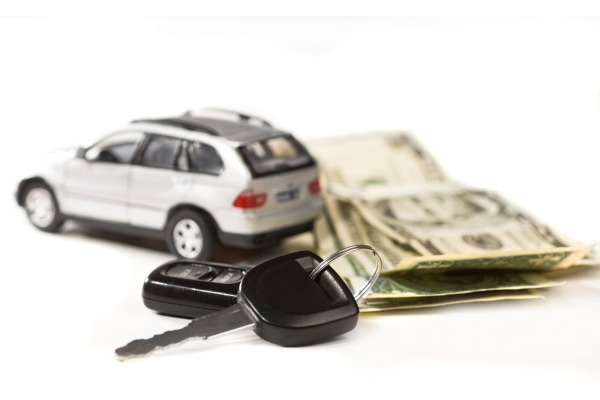
You've narrowed your choices to two new vehicles: One is a domestic luxury sedan and the other is a foreign sports car. Of course you know the sports car will cost you more in the long run, but you don't know exactly how much and if it would really be enough to make a difference in your decision.
Anyone faced with a similar choice (in fact, anyone who is car shopping) should review Edmunds True Cost to Own® (TCO®) data, which reveals costs associated with buying, owning and operating a car over a five-year period. Sometimes, when comparing cars (particularly vehicles in different classes) the TCO data is a valuable wake-up call for car shoppers.
To show you how stark the differences can be between cars, let's compare a luxury sedan and a sports car. The sticker price of both cars is about $50,000. However, when you review the TCO data, you find that over five years, the sedan will require $7,600 in maintenance while the sports car requires $9,400. That's a difference of $1,800. Furthermore, predicted repairs for the sedan over the same time period are $1,100, while the sports car is expected to need $3,500 worth of repairs, for a difference of $2,400. In maintenance and repairs alone, the sports car would cost you $4,200 more than the sedan over five years of ownership.
Several other categories show huge differences. For example, a family might consider buying either a large SUV or a roomy sedan. Looking at fuel costs over five years, the SUV's gas will cost $18,000, while the sedan's cost will be only $11,000. Taxes and fees for these two vehicles also vary: They're more than $4,000 for the SUV versus just $2,200 for the sedan.
In many cases, TCO points buyers toward an unexpected conclusion: Sometimes the cars that are cheaper to buy are more expensive to own.
A powerful way to view TCO data is by using Edmunds' Compare Cars feature. Select two or more cars and then click the "Five-Year Ownership Costs" bar near the bottom of the list of options. This feature displays the information in table format so you can easily scan across the screen and see the different cars side by side. Additionally, the chart lists an average cost-per-mile figure. It provides a quick look at comparative costs of owning a vehicle. For demonstration purposes, we chose a 2014 Porsche Boxster, a 2013 Infiniti G convertible and a 2014 Honda Accord.
For car shoppers who are on the move, Edmunds.com's mobile apps display TCO data in a color pie chart, which is easy to grasp at a glance. The larger the slice of pie, the greater the expense.
Components of TCO
Edmunds True Cost to Own takes eight factors into account:
The TCO page for each vehicle breaks information down into the following two sections. We chose a 2014 Honda Accord as our example.
1. TCO Summary Section
The summary shows the results of the TCO calculations. It gives you two figures:
2. Five-Year Details
This section gives a breakdown of how the vehicle's expenses change over the five-year period. It shows the car's depreciation, meaning its decline in value. This would be important if, for example, there were a sudden drop-off in value after the third year. Knowing this, the owner could sell the car before the cliff and avoid the subsequent loss of its value.
The other parts of the breakdown show the typical expenses related to the purchase of this vehicle, including such things as fuel, insurance, maintenance and repairs. These are costs that people sometimes overlook when they're buying a car. Seeing them listed, and then totaled, can help you plan for this large purchase.
By looking at Edmunds TCO data, you get a snapshot of the car's costs over time. You will see the big picture: not just today's price tag.